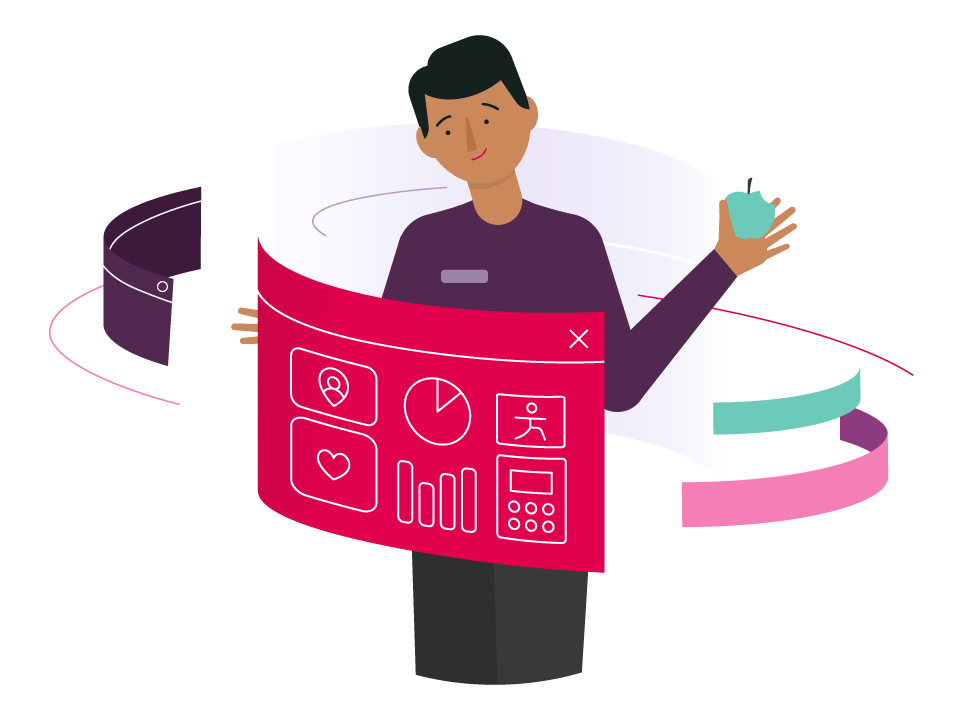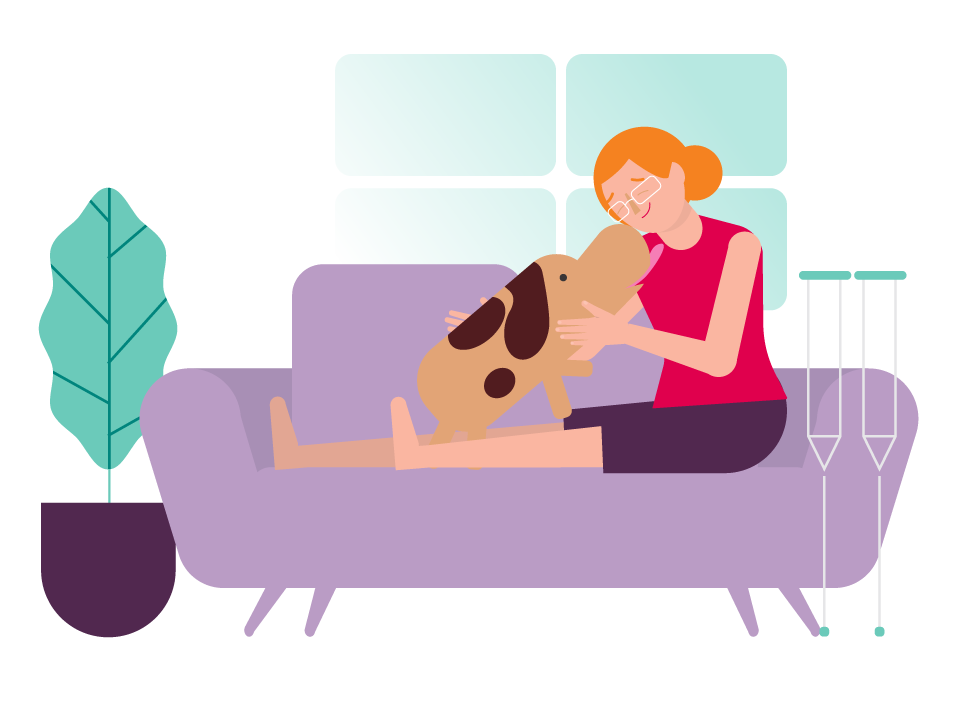Adjustable gastric band surgery involves placing an inflatable band around the upper part of your stomach, creating a small stomach pouch above the band with the rest of your stomach sitting below the band.
How it works
With the small pouch at the top of your stomach, eating just a small amount of food can satisfy your hunger and make you feel full. This will depend on the size of the outlet created by the band between the pouch and the rest of your stomach. Your surgeon can adjust the size of your stomach outlet by filling the band with a sterile saline solution which is injected through a port under your skin.
Your surgeon reduces the size of the outlet gradually over time with repeated adjustments or ‘fills.’ Your food is still digested and absorbed, as it would be normally.
How the surgery is done
After you’ve been put to sleep with general anaesthetic, your surgeon makes 3 to 5 small incisions in your abdomen and puts a laparoscope (a tube with a camera and light on the tip) through one incision and surgical instruments through the others.
Then your surgeon inserts the band and places it in position, securing it with sutures. A ‘port’ is then placed in the wall of your abdomen, just under your skin, and connected to the band. Your surgeon will use the port to adjust the tightness of the band, and in turn the size of your stomach opening.
Gastric band surgery normally takes between 1 to 2 hours. Average time off work is 1 week.
Advantages
- it’s adjustable and reversible
- it restricts the amount you can eat
- you can expect excess weight loss of approximately 40% in the first year and an extra 10% to 20% in the second year
- there’s no cutting of your stomach or rerouting of your intestines
- short hospital stay: usually less than 24 hours, with some hospitals offering same day surgery
- compared to other weight loss surgeries, it has the lowest rate of early complications
- it has the lowest risk for vitamin and/or mineral deficiencies.
Disadvantages
- weight loss is slower compared to other procedures
- the expected weight loss is about 50% of excess weight
- you need to eat slowly and chew your food well so it can pass though the band outlet
- if you eat too quickly, you can develop problems with your oesophagus
- you’ll need to modify your diet to avoid fibrous foods and gristly chunks of meat
- a foreign object remains in your body
- the band can occasionally slip or erode into your stomach
- there can be mechanical problems with the band, tube or port
- you need regular post operative visits for band adjustments
- other potential complications include infection, bleeding and abdominal pain
- if you don’t follow the rules of eating slowly and chewing your food well, you could experience side effects including vomiting (28%), indigestion (22%), acid reflux (15%) and nausea (5%)
- up to 41% of people may need further surgery for complications or band replacement.







